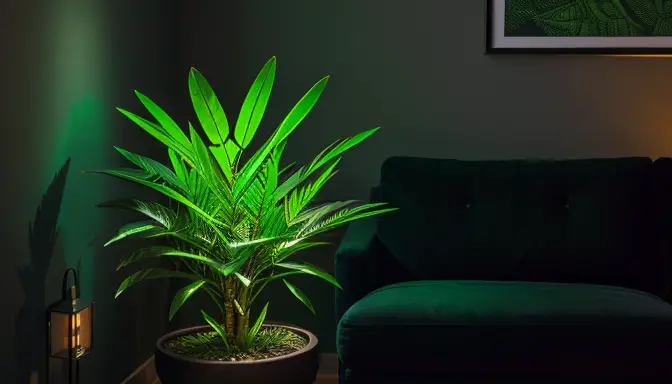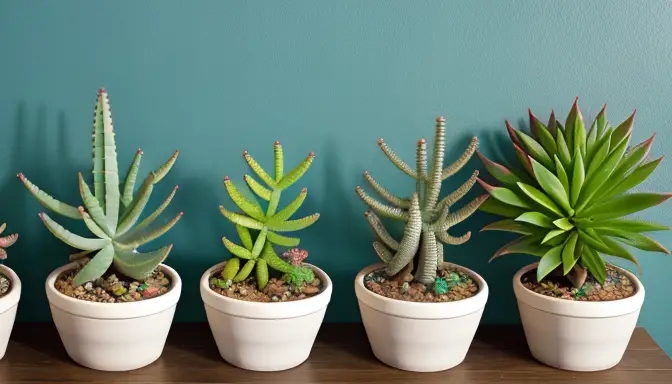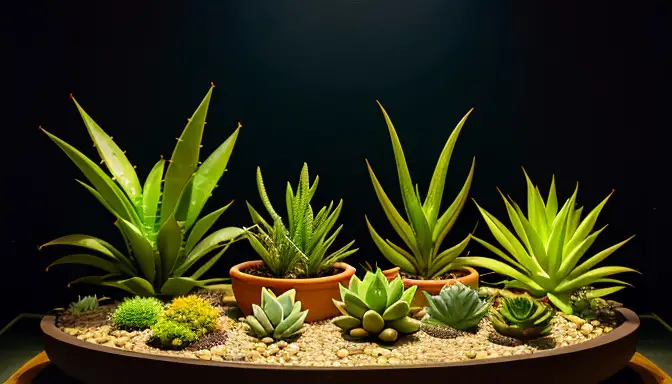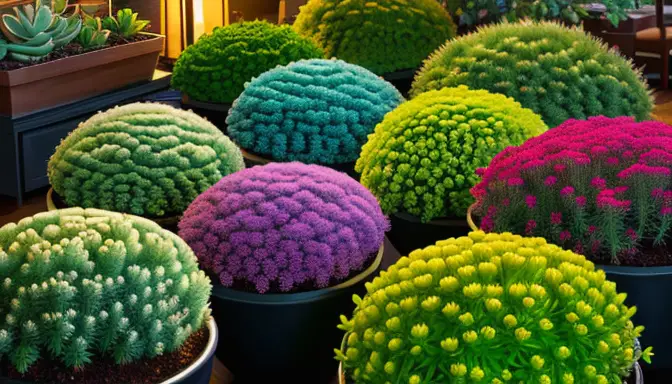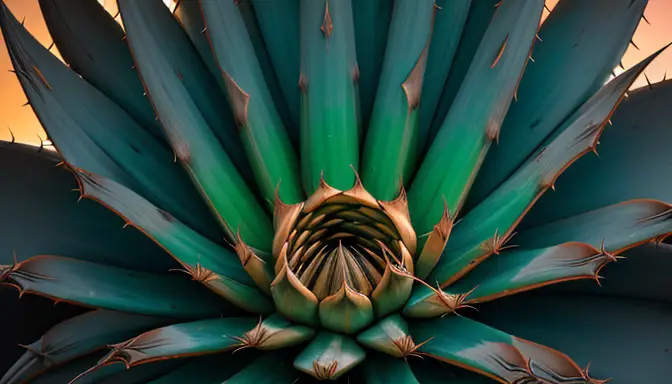Are you ready to transform your indoor space with beautiful succulents that thrive in low light conditions? Say goodbye to dull corners and hello to vibrant greenery without the need for direct sunlight! Let’s explore a variety of stunning low light indoor succulents that will bring life and beauty to your home.
- Haworthia: Known for its striking appearance and ability to thrive in low light, Haworthia is a popular choice for indoor succulent enthusiasts looking to add a unique touch to their home decor.
- Gasteria: With its distinctive tongue-shaped leaves and low light tolerance, Gasteria is a charming succulent option that requires minimal care and can brighten up any indoor environment.
- Sansevieria: Also known as the Snake Plant, Sansevieria is a hardy succulent that can thrive in low light conditions, making it an ideal choice for beginners or those with limited natural light in their homes.
- Crassula: Crassula, or Jade Plant, is a versatile succulent that can adapt to low light settings while still maintaining its vibrant green color and unique leaf shapes, making it a popular choice for indoor gardens.
- Aloe: Aloe plants are not only known for their medicinal properties but also for their ability to thrive in low light environments, making them a practical and aesthetically pleasing addition to any indoor space.
- Sedum: Sedum varieties, such as Burro’s Tail and Jelly Bean Plant, are low light succulents that feature trailing stems and colorful foliage, adding a cascading and vibrant element to indoor gardens.
- Agave: Agave plants are striking succulents that can thrive in low light conditions, offering a bold and architectural presence to indoor spaces while requiring minimal maintenance and care.
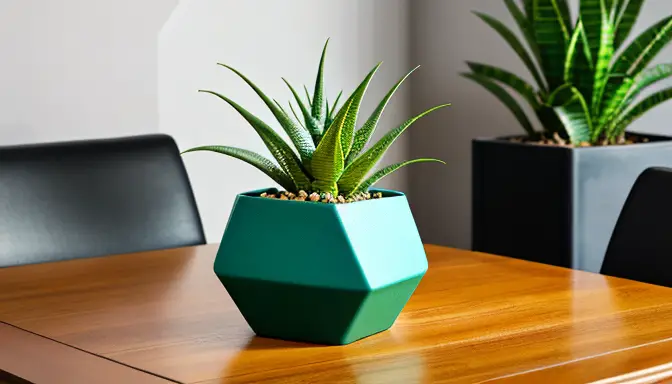
Haworthia
Haworthia is a fascinating succulent that captivates with its unique appearance and resilience in low light conditions. This plant, often referred to as the “Zebra Plant” due to its striking striped leaves, is a popular choice for indoor gardeners seeking a touch of exotic beauty. Haworthia’s ability to thrive in dimly lit spaces makes it an ideal addition to any home or office environment lacking direct sunlight. Its compact size and slow growth rate make it perfect for small spaces or as part of a succulent arrangement. With minimal care requirements, Haworthia is a low-maintenance yet visually stunning plant that can effortlessly enhance the aesthetic appeal of any room.
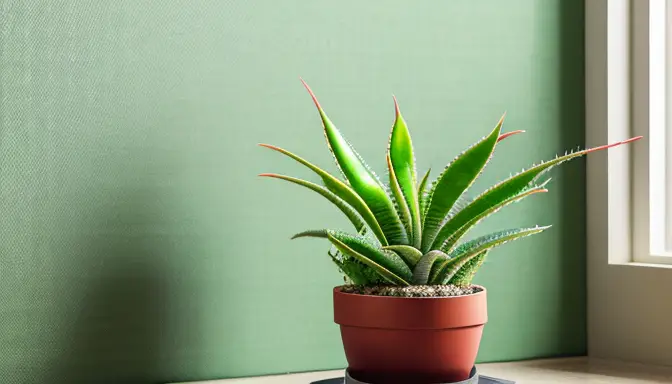
Gasteria
Gasteria, with its distinctive tongue-shaped leaves and low light tolerance, is a charming succulent option for indoor environments.
The striking appearance of Gasteria can brighten up any indoor space, adding a touch of greenery and beauty without the need for direct sunlight.This unique plant requires minimal care, making it an excellent choice for busy individuals or those new to succulent gardening..
When it comes to caring for Gasteria, it thrives in low light conditions, making it perfect for areas with limited natural light. This succulent is known for its resilience and ability to adapt to various indoor settings, making it a versatile addition to any plant collection. Its attractive foliage and easy maintenance make Gasteria a popular choice among succulent enthusiasts.
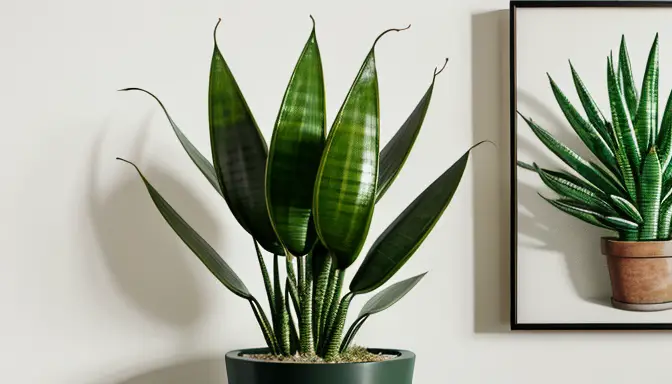
Sansevieria
Sansevieria, commonly known as the Snake Plant, is a resilient succulent that can thrive in low light conditions, making it an excellent choice for indoor spaces with limited sunlight. Its sleek, upright leaves come in a variety of shades, from deep green to variegated patterns, adding a touch of elegance to any room. But what sets Sansevieria apart is its air-purifying qualities, making it not just a decorative plant but also a health-conscious addition to your home.
When caring
for Sansevieria, minimal effort is required, as it is a drought-tolerant plant that can go for extended periods without water. This low-maintenance nature makes it perfect for busy individuals or those new to plant care. Additionally, its architectural shape and growth pattern create a striking visual impact, resembling a modern sculpture in your indoor garden.Looking to enhance your workspace or living area with a touch of nature? Sansevieria is the perfect choice, bringing a sense of tranquility and freshness to your environment. Whether placed on a desk, shelf, or as a floor plant, the Snake Plant’s adaptability to low light conditions ensures it will thrive and continue to surprise you with its growth and resilience.
